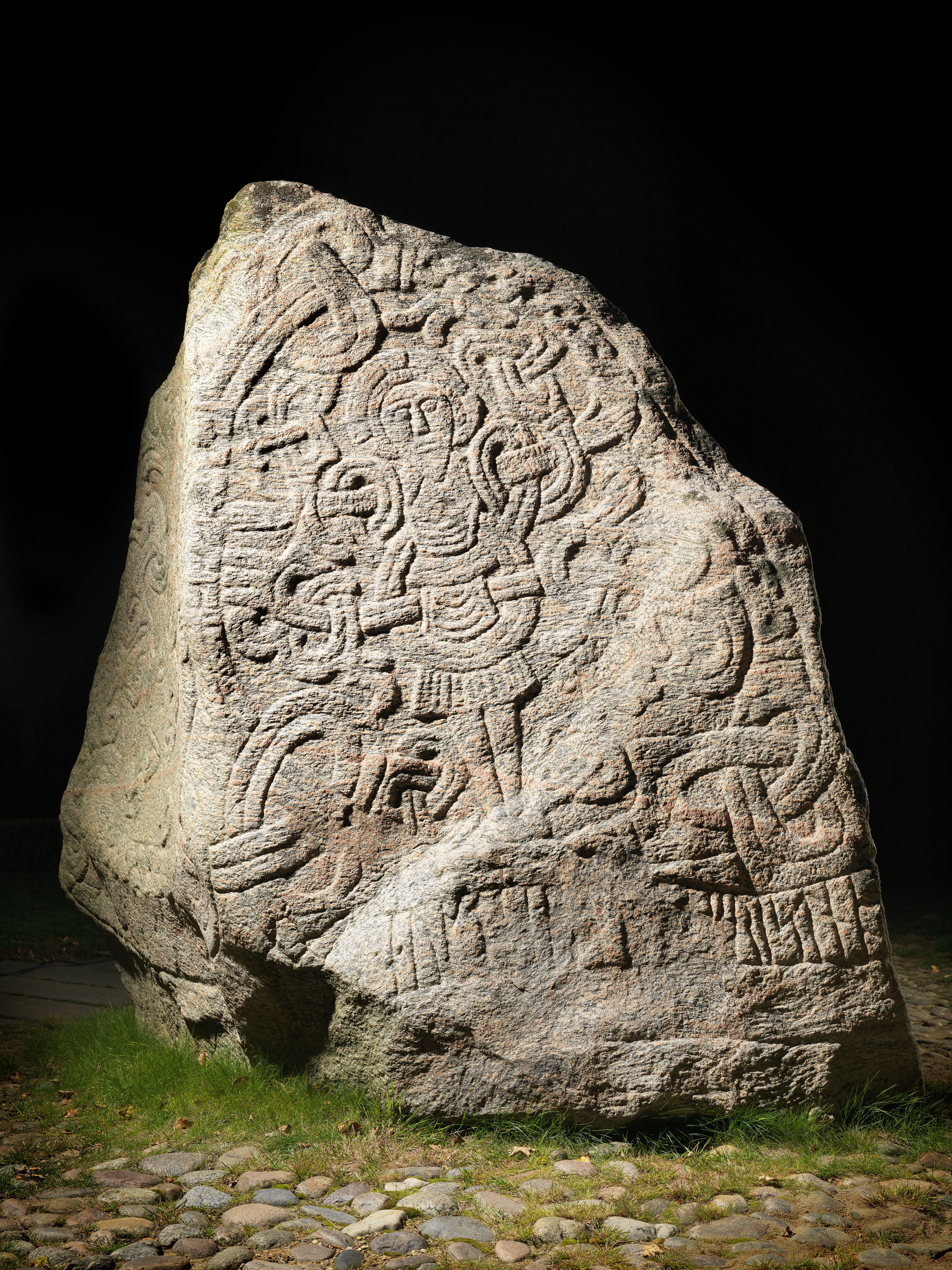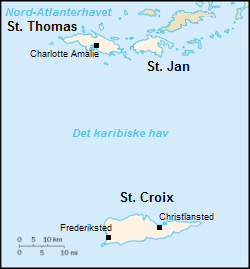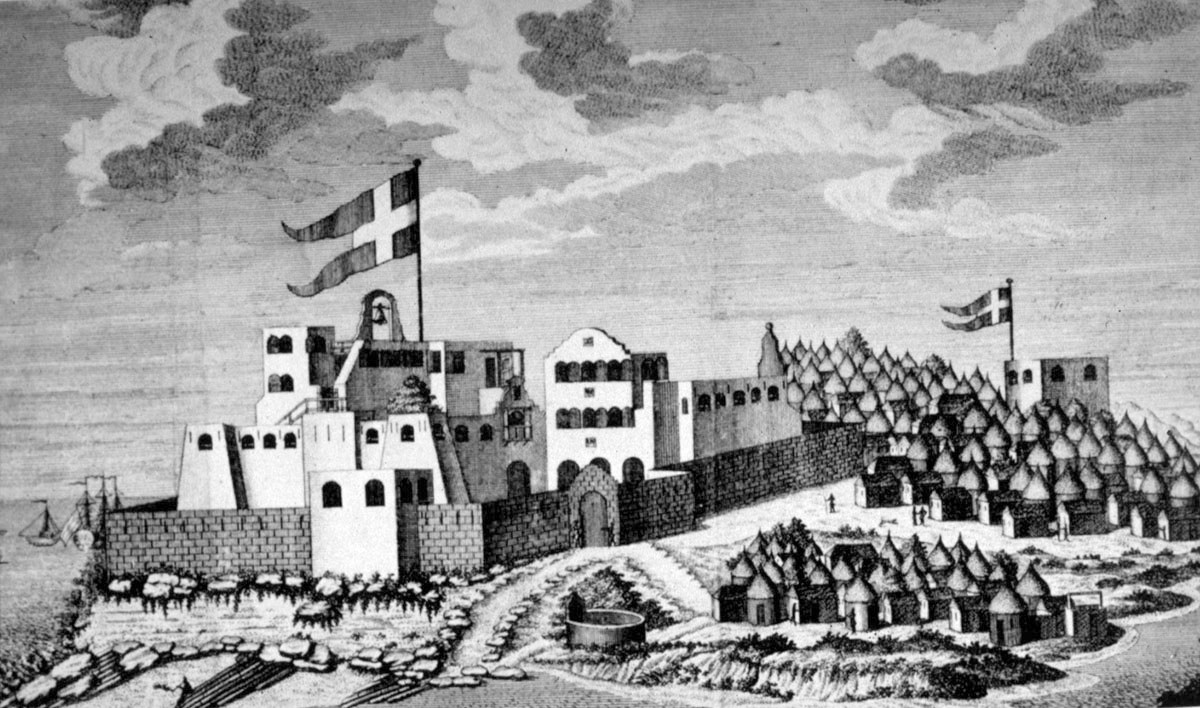|
Legislature Of The Virgin Islands
The Legislature of the United States Virgin Islands is the territorial legislature of the United States Virgin Islands. The legislative branch of the unincorporated U.S. territory is unicameral, with a single house consisting of 15 senators, elected to two-year terms without term limits. The legislature meets in Charlotte Amalie on the island of St. Thomas. History The Danish period: 1852–1917 The roots of the modern legislature date to the passage of the Colonial Law in 1852 during the Danish colonial period. The law created a Colonial Assembly for the Danish West Indies, as well as the appointment of a vice-regent serving as the colony's governor executive, serving on behalf of the King of Denmark. Despite the name, the Colonial Assembly acted more as an advisory body than a true legislature. Vice-regents continued to reserve the right to reject or amend any law they did not see fit. A further Colonial Law coming in 1863 broke the Assembly into two parts, creating ... [...More Info...] [...Related Items...] OR: [Wikipedia] [Google] [Baidu] |
United States Virgin Islands
The United States Virgin Islands, officially the Virgin Islands of the United States, are a group of Caribbean islands and a territory of the United States. The islands are geographically part of the Virgin Islands archipelago and are located in the Leeward Islands of the Lesser Antilles. The islands have a tropical climate. The U.S. Virgin Islands consist of the main islands of Saint Croix, Saint John, and Saint Thomas and 50 other surrounding minor islands and cays. The total land area of the territory is . The territory's capital is Charlotte Amalie on the island of St. Thomas. Previously known as the Danish West Indies of the Kingdom of Denmark–Norway (from 1754 to 1814) and the independent Kingdom of Denmark (from 1814 to 1917), they were sold to the United States by Denmark for $25,000,000 in the 1917 Treaty of the Danish West Indies in which the United States also recognized Denmark's control over Greenland, and have since been an organized, unincorporated ... [...More Info...] [...Related Items...] OR: [Wikipedia] [Google] [Baidu] |
Incorporated Territory
Territories of the United States are sub-national administrative divisions and dependent territories overseen by the federal government of the United States. The American territories differ from the U.S. states and Indian reservations in that they are not sovereign entities. In contrast, each state has a sovereignty separate from that of the federal government and each federally recognized Native American tribe possesses limited tribal sovereignty as a "dependent sovereign nation". Territories are classified by incorporation and whether they have an "organized" government established by an organic act passed by the Congress. American territories are under American sovereignty and may be treated as part of the U.S. ''proper'' in some ways and not others (i.e., territories belong to, but are not considered part of the U.S.). Unincorporated territories in particular are not considered to be integral parts of the U.S., and the Constitution of the United States applies only part ... [...More Info...] [...Related Items...] OR: [Wikipedia] [Google] [Baidu] |
Suffrage
Suffrage, political franchise, or simply franchise is the right to vote in public, political elections and referendums (although the term is sometimes used for any right to vote). In some languages, and occasionally in English, the right to vote is called active suffrage, as distinct from passive suffrage, which is the right to stand for election. The combination of active and passive suffrage is sometimes called ''full suffrage''. In most democracies, eligible voters can vote in elections for representatives. Voting on issues by referendum ( direct democracy) may also be available. For example, in Switzerland, this is permitted at all levels of government. In the United States, some states allow citizens the opportunity to write, propose, and vote on referendums ( popular initiatives); other states and the federal government do not. Referendums in the United Kingdom are rare. Suffrage continues to be especially restricted on the basis of age, residency and citizenship ... [...More Info...] [...Related Items...] OR: [Wikipedia] [Google] [Baidu] |
Government Of Denmark
The Cabinet of Denmark (), officially the Government of the Kingdom of Denmark (), is the national cabinet of the Kingdom of Denmark. It has been the chief executive body and the government of the Danish Realm—Denmark proper together with the Faroe Islands and Greenland — since the ratification of the Constitution of Denmark in 1848. The Cabinet is led by the Prime Minister. There are around 25 members of the Cabinet, known as "ministers", all of whom are also heads of specific government ministries. The Cabinet has usually been composed of Ministers from two or more parties forming a coalition government. Still, most of these governments have been minority governments, relying on the support of still other parties. Cabinets are formally appointed by the Monarch. In practice, once a government has stepped down, there is a fixed set of rules for appointing an investigator (most often the future Prime Minister), with the job of trying to form a new government. The Prime Minist ... [...More Info...] [...Related Items...] OR: [Wikipedia] [Google] [Baidu] |
Saint Croix, U
In Christian belief, a saint is a person who is recognized as having an exceptional degree of holiness, likeness, or closeness to God. However, the use of the term ''saint'' depends on the context and denomination. In Anglican, Oriental Orthodox, and Lutheran doctrine, all of their faithful deceased in Heaven are considered to be saints, but a selected few are considered worthy of greater honor or emulation. Official ecclesiastical recognition, and veneration, is conferred on some denominational saints through the process of canonization in the Catholic Church or glorification in the Eastern Orthodox Church after their approval. In many Protestant denominations, and following from Pauline usage, ''saint'' refers broadly to any holy Christian, without special recognition or selection. While the English word ''saint'' (deriving from the Latin ) originated in Christianity, historians of religion tend to use the appellation "in a more general way to refer to the state of spe ... [...More Info...] [...Related Items...] OR: [Wikipedia] [Google] [Baidu] |
Saint John, U
In Christian belief, a saint is a person who is recognized as having an exceptional degree of holiness, likeness, or closeness to God. However, the use of the term ''saint'' depends on the context and denomination. In Anglican, Oriental Orthodox, and Lutheran doctrine, all of their faithful deceased in Heaven are considered to be saints, but a selected few are considered worthy of greater honor or emulation. Official ecclesiastical recognition, and veneration, is conferred on some denominational saints through the process of canonization in the Catholic Church or glorification in the Eastern Orthodox Church after their approval. In many Protestant denominations, and following from Pauline usage, ''saint'' refers broadly to any holy Christian, without special recognition or selection. While the English word ''saint'' (deriving from the Latin ) originated in Christianity, historians of religion tend to use the appellation "in a more general way to refer to the state of special ... [...More Info...] [...Related Items...] OR: [Wikipedia] [Google] [Baidu] |
King Of Denmark
The monarchy of Denmark is a constitutional political system, institution and a historic office of the Kingdom of Denmark. The Kingdom includes Denmark proper and the autonomous administrative division, autonomous territories of the Faroe Islands and Greenland. The Kingdom of Denmark was already consolidated in the 8th century, whose rulers are consistently referred to in Franks, Frankish sources (and in some late Frisians, Frisian sources) as "kings" (). Under the rule of King Gudfred in 804 the Kingdom may have included all the major Lands of Denmark, provinces of medieval Denmark. The current unified Kingdom of Denmark was founded or re-united by the Vikings, Viking kings Gorm the Old and Harald Bluetooth in the 10th century. Originally an elective monarchy, it became hereditary monarchy, hereditary only in the 17th century during the reign of Frederick III of Denmark, Frederick III. A decisive transition to a constitutional monarchy occurred in 1849 with the writing of th ... [...More Info...] [...Related Items...] OR: [Wikipedia] [Google] [Baidu] |
List Of Governors Of The Danish West Indies
This article lists the governors of the Danish West Indies () or Danish Antilles or Danish Virgin Islands, a Denmark, Danish Danish overseas colonies, colony in the Caribbean encompassing the territory of the present-day United States Virgin Islands. Governors of St. Thomas Saint Thomas, U.S. Virgin Islands, St. Thomas was claimed by Denmark–Norway in 1665. Governors of St. Thomas and St. John Saint John, U.S. Virgin Islands, St. John (St. Jan) was claimed by Danish West India Company in 1683, which was disputed by the British until 1718. Governors of St. Croix Saint Croix, St. Croix was bought from French West India Company in 1733. In 1754, the Danish West Indies were sold by Danish West India Company to Monarchy of Denmark, King Frederick V of Denmark, Frederick V, becoming royal Danish-Norwegian colonies. Hereafter, St. Croix was governed by the Governors-General of the Danish West Indies. Governor-generals of the Danish West Indies The Danish Wes ... [...More Info...] [...Related Items...] OR: [Wikipedia] [Google] [Baidu] |
Viceroy
A viceroy () is an official who reigns over a polity in the name of and as the representative of the monarch of the territory. The term derives from the Latin prefix ''vice-'', meaning "in the place of" and the Anglo-Norman ''roy'' (Old French ''roi'', ''roy''), meaning "king". This denotes the position as one who acts on behalf of a king or monarch. A viceroy's territory may be called a viceroyalty, though this term is not always applied. The adjective form is ''viceregal'', less often ''viceroyal''. The term ''vicereine'' is sometimes used to indicate a female viceroy '' suo jure'', although ''viceroy'' can serve as a gender-neutral term. Vicereine is more commonly used to indicate a viceroy's wife, known as the ''viceregal consort''. The term has occasionally been applied to the governors-general of the Commonwealth realms, who are ''viceregal'' representatives of the monarch. The position of a viceroy is by royal appointment rather than a noble rank. An individual vicer ... [...More Info...] [...Related Items...] OR: [Wikipedia] [Google] [Baidu] |
Danish West Indies
The Danish West Indies () or Danish Virgin Islands () or Danish Antilles were a Danish colony in the Caribbean, consisting of the islands of Saint Thomas with , Saint John () with , Saint Croix with , and Water Island. The islands of St Thomas, St John, and St Croix were purchased by United States in 1917 and became known as the United States Virgin Islands. Water Island was sold in 1905 to the Danish East Asiatic Company and bought by the U.S. Government in 1944. In 1996, it also became part of the U.S. Virgin Islands. Historical overview Acquisition The Danish West India-Guinea Company annexed uninhabited St. Thomas in 1672. It annexed St. John in 1718 and bought St. Croix from France (King Louis XV) on 28 June 1733. When the Danish West India-Guinea Company went bankrupt in 1754, King Frederik V of Denmark–Norway assumed direct control of the three islands. Although, during the Napoleonic Wars, Britain twice occupied the Danish West Indies, first in 1801� ... [...More Info...] [...Related Items...] OR: [Wikipedia] [Google] [Baidu] |
Danish Colonial Empire
Danish overseas colonies and Dano-Norwegian colonies () were the colonies that Denmark–Norway (Denmark after 1814) possessed from 1537 until 1953. At its apex, the colonies spanned four continents: Africa, Asia, Europe, and North America.Prem Poddar, and Lars Jensen, eds., ''A historical companion to postcolonial literatures: Continental Europe and Its Empires'' (Edinburgh UP, 2008), "Denmark and its colonies" pp 58-105. The period of colonial expansion marked a rise in the status and power of Danes and Norwegians in the Kalmar Union. Danes and Norwegians during this time increasingly saw themselves as citizens of the same "State Fatherland" (), the realm of the Oldenburg monarchs. In the 17th century, following territorial losses on the Scandinavian Peninsula, Denmark–Norway began to develop forts with trading posts in West Africa, and colonies in the Caribbean, and the Indian subcontinent. Christian IV first initiated the policy of expanding Denmark–Norway's overseas t ... [...More Info...] [...Related Items...] OR: [Wikipedia] [Google] [Baidu] |
Saint Thomas, U
In Christian belief, a saint is a person who is recognized as having an exceptional degree of holiness, likeness, or closeness to God. However, the use of the term ''saint'' depends on the context and denomination. In Anglican, Oriental Orthodox, and Lutheran doctrine, all of their faithful deceased in Heaven are considered to be saints, but a selected few are considered worthy of greater honor or emulation. Official ecclesiastical recognition, and veneration, is conferred on some denominational saints through the process of canonization in the Catholic Church or glorification in the Eastern Orthodox Church after their approval. In many Protestant denominations, and following from Pauline usage, ''saint'' refers broadly to any holy Christian, without special recognition or selection. While the English word ''saint'' (deriving from the Latin ) originated in Christianity, historians of religion tend to use the appellation "in a more general way to refer to the state of special ... [...More Info...] [...Related Items...] OR: [Wikipedia] [Google] [Baidu] |







